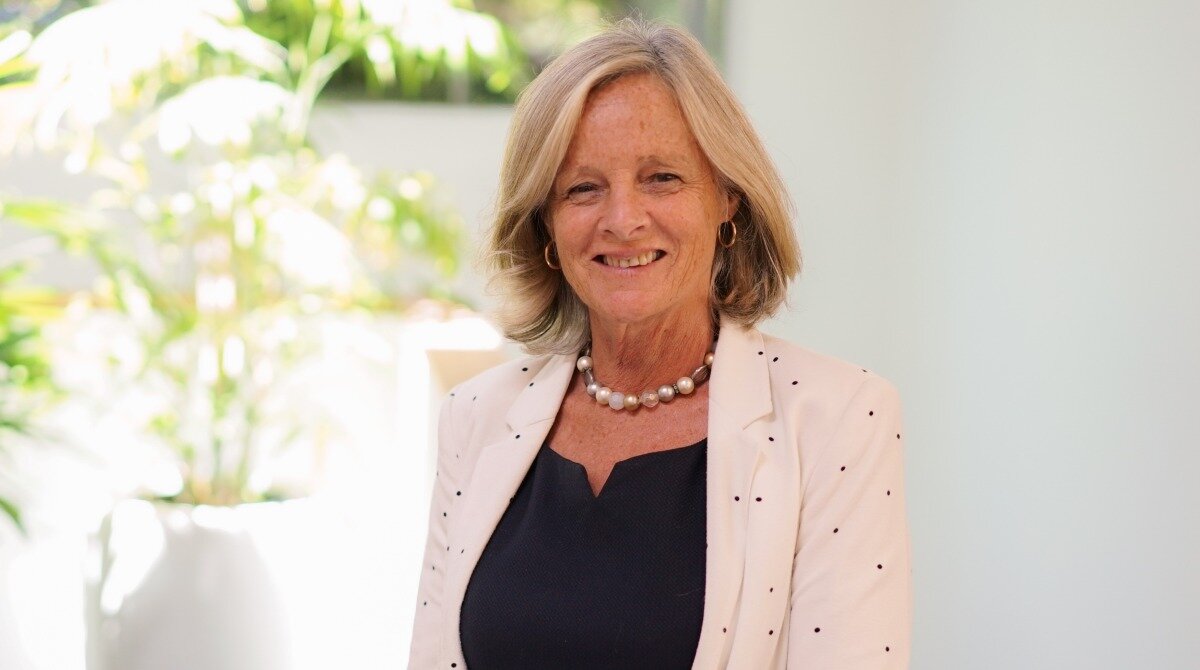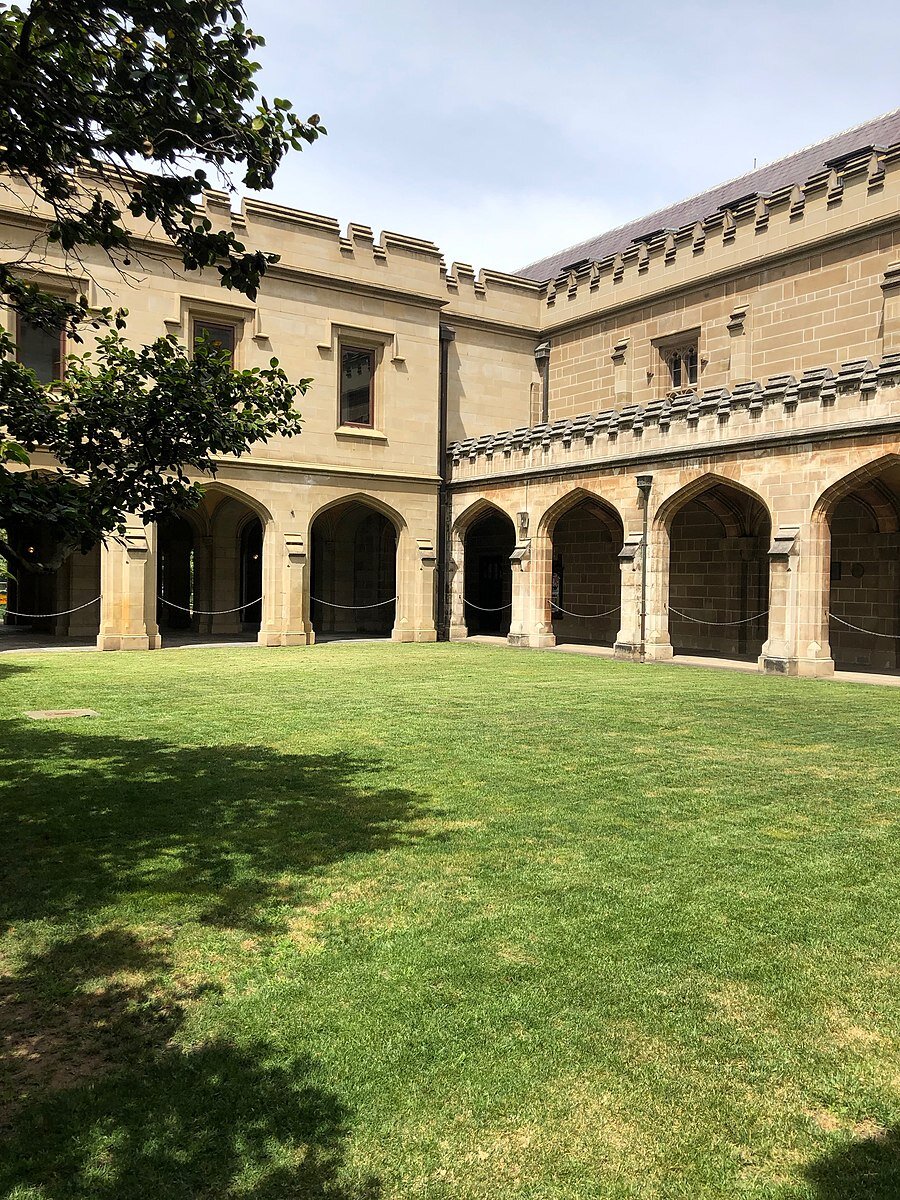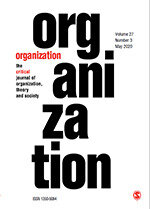My latest article with Emma Bell and Sheena Vachhani has just been published in the British Journal of Management. Read it here: ·Bell, E., Sinclair, A. and S. Vachhani (2024) ‘A leadership of refusal: Remaking the narrative of the falling leader,’ British Journal of Management.
I'm delighted to have been invited to join eminent colleagues on the National Health and Medical Research Council's Women in Health Science Committee.
Feeling the lockdown blues? I had a lovely conversation with MBS’s Yasmin Rupesinghe on how mindfulness can help reduce the unprecedented burnt out that we’re now seeing around the world.
I am delighted to have delivered the Sir Donald Hibberd Lecture at Melbourne Business School on 'Lessons for Leaders from Lockdown: A time for humility, learning and giving back.'
You can watch the recording here: Sir Donald Hibberd Lecture Link
Great to see Christine Nixon my amazing colleague and friend, receiving an Office of the Order of Australia (AO) for her outstanding leadership, across many fields and especially supporting women and higher education.
Learn 4 strategies for quieting that 3am inner critic. Published in IMD.
Published in Harvard Business Review Digital
Remote working doesn’t have to be a barrier to your capacity to deliver leadership presence, connect with colleagues and build strong workplace communities. Here’s how.
Our experiences through Covid, in addition to worldwide social activism to combat racism, sexism and sexual violence against women, has changed the leadership task. Across organisations and contexts, from corporate to football, leaders need to offer care and compassion, as much as big picture strategy or direction.
How do leaders tap into the wisdom of their bodies to make decisions and choices which ‘pull on their heartstrings’ or ‘churn their gut’? In this chapter Amanda and colleague Donna Ladkin argues that bodies play a central role in caring, and caring is central to leadership.
Leadership often involves recognising differences, reducing discrimination and fostering inclusion in organisations and societies. In this chapter Amanda and Michelle call attention to the power dynamics behind the construction of difference. Who is designated ‘different’ and how can diverse communities and organisations be led in ways that do not reinforce power differentials? The chapter includes contemporary examples of leaders who celebrate difference and empower diverse communities.
Listen to Richard Searle’s podcast where he invites Amanda to reflect on her work over several decades, especially changing leadership to promote women
Engaging our bodies in deciding what we write (by telling us what matters) and how we write (by bringing bodily intelligence to the writing process) results in more impactful writing according to Donna and Amanda. While traditional academic writing silences bodies in order to fashion ‘objective’ knowledge, this chapter provides personal and practical ways to liberate bodily knowing so that it can more freely inform our writing projects.
Amanda provides a very personal account of how her feminism has been formed over ‘five movements’ and 3 decades. ‘I show how my material situations, physically-felt struggles and embodied encounters with others, especially women, wrested – sometimes catapulted – my precarious self-identification as a feminist.’
Women leaders often experience scrutiny of their identity and a sense of asymmetry – that is, others see them differently to how they see themselves. In this study women leaders in male-dominated industries describe their experiences - and their strategies for overcoming - identity asymmetry.
Drawing on the experiences of 29 Australian Indigenous artists and arts leaders, Michelle and Amanda identify 3 categories of identity practice through which the artists deliver leadership: contesting essentialism; containing trauma and creating belonging.
Women are typically subject to heightened scrutiny and criticism in leadership but in this study, Emma and Amanda explore examples in popular culture where women are portrayed enacting agency via three routes: by disrupting the patriarchal order; erotic leadership; and exploring an alternative “feminine imaginary”.
This article explores Indigenous practices of midwifery or ‘wise women’ as crucial domains of leadership over millennia and across cultures. Four principles of midwifery leadership are identified: being a leader who empowers with ‘no one person wiser than the other’; embodying wisdom and ethical practice which nurtures social, cultural and spiritual needs of women; being skilled as well as emotionally attuned; and paying attention and being responsive to emergent change and unfolding present reality rather than being prescriptive.
Drawing on a decade of introducing mindfulness to managers in organisational settings this article identifies six key insights: from how to define and explain mindfulness to leaders through to ethical issues of the purposes to which mindfulness is put. Mindful leadership is not a template. Rather, it offers enlivening and humanising prospects for leadership, with its encouragement to see reality and challenge orthodoxies, to put a primary value on the well-being of others and how we live and lead now.
Drawing on the work of feminist theorists, Emma and Amanda argue that universities and academia have become sterile and transactional. By exploring the relationship between bodies and knowledge; by recognizing love in learning and wisdom; and by cultivating the pleasure and nurturance in teaching, academic work can be recast as an embodied practice, involving pleasure and love.
Why is it that so much of women’s contribution to public life has not been recognised as leadership? Amanda provides the reasons and argues the need to interrogate received wisdom about leadership and look to women to shift public imagination about what good leadership is.
Authenticity in leaders is surely a good thing. However, in this chapter Amanda shows that authenticity is not necessarily a property some leaders have, rather it is a quality others attribute to you. For women leaders, earning authenticity is made more complex by readily mobilised judgements and social stereotypes about women. ‘Just be yourself’ is not necessarily a simple path to success.
Leaders come under many pressures to produce and perform a coherent, convincing self, a memorable ‘brand’ or a persona that ‘looks’ like a leader. But what are the risks in this obsession to ‘be’ a leader, to those around them and perhaps leaders themselves. In this chapter Amanda casts a critical eye over the business of being a leader.
This article was written with Chris Grey while Amanda was visiting on a fellowship at Cambridge University. The piece challenges academics to think about how and why they write - to discourage pompous, impenetrable writing – and they argue – in what they hope is an entertaining way - for funny, beguiling and surprising writing.
Bodies and physical performances play a central but often unacknowledged role in leadership. Our size, stature and physical presence establishes credentials and authority but leaders can also use their openness, their willingness to ‘show up’ and listen to followers ‘on the ground’ to connect with and empower communities. Amanda draws on several Australian examples to show how bodies can bring new possibilities to leadership.
























